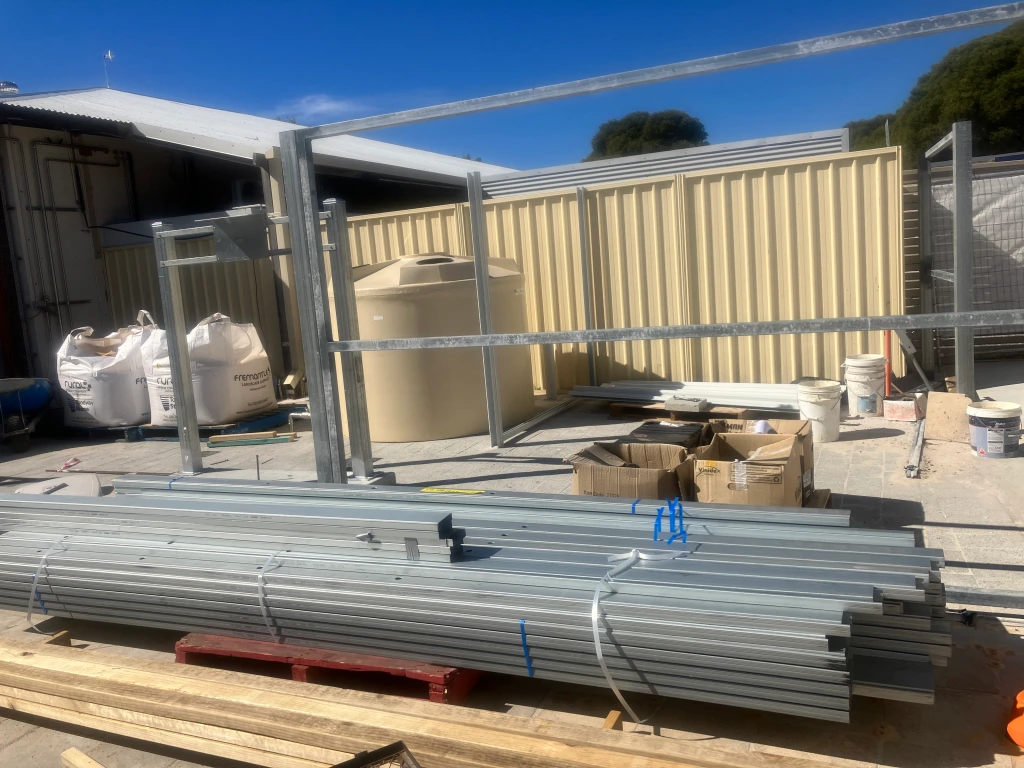Right from when we were first discussing social impact bonds in Australia, the question was raised ‘could you use a social impact bond to build a building?’

The use of public-private-partnerships (or PPPs) in Australia was fairly well developed at the time (although opinions on them varied widely!). In addition, the use of performance incentives or clauses were common.
I think there were two key reasons that the conversation never progressed very far:
- There were many more attractive ways to finance a building project. As Graham Neal from Uniting said, “The Social Benefit Bond is the most expensive and complicated way to do it. If there is a simpler way of funding your project, go for it!” [1]
- The building was a physical asset that could be sold, so the risk of losing everything for poor performance was not as great as a social service that might produce no outcome.
There was one assumption, however, that I’ve only recently begun to challenge:
What if the outcome of a building isn’t a building? What does an outcomes-based building contract look like then?
Let’s use a couple of types of buildings to examine how this might play out:
Social Housing
What outcomes might government pay for from social housing? Can you imagine how different a social housing estate might look if longer tenancies or improved health were the basis of payment? We know that social connection is key to good health [2], so would we see more shared areas? More open or connected access points? More lines of sight to neighbours? Lower or fewer fences? More play equipment? More trees? More walking and running tracks?
How would a focus on any of the below cause social housing to be designed differently?
- Reduced maintenance calls or bills?
- Longer tenancies?
- Fewer evictions?
- Number of people gaining financial security and moving to private market?
- Improved health?
- Fewer children requiring foster care?
- Fewer hospital admissions?
Schools
Now let’s think about schools. What if the outcomes the building contract were based on were not the number of rooms or the thickness of walls, but longer-term outcomes that reflect the student and teacher behaviour in these spaces. Could wider hallways lead to fewer children late to class? Could clear lines of sight from classrooms or a more varied physical environment in play areas result in fewer fights between students? How might classrooms be designed to improve the teacher experience? Could a learning space be re-designed to decrease teacher stress?
How would a focus on each of the following outcomes change the structure of a school?
- School completion?
- Higher attendance?
- Fewer fights?
- Fewer children late to class?
- Better exam scores or grades?
- Teacher retention?
- Number of days of leave taken by teachers?
I’d be surprised if we ever saw a building contract that had no payment attached to achieving the physical structure itself, but it is really interesting to think about how much of the contract itself could be attached to social outcomes, and what the effect of that might be.
[Perhaps an architecture class might set an assignment where different sets of students design or re-design the same building to achieve different outcomes?]
[1] Tomkinson. (2012). Social Impact Bonds: An Australian Snapshot. Sydney: CSI.
[2] Egolif, B. Laster, J., Wolf, S. and Potvin, L. (1992) The Roseto Effect: A 50-Year Comparison of Mortality Rates. American Journal of Public Health.
